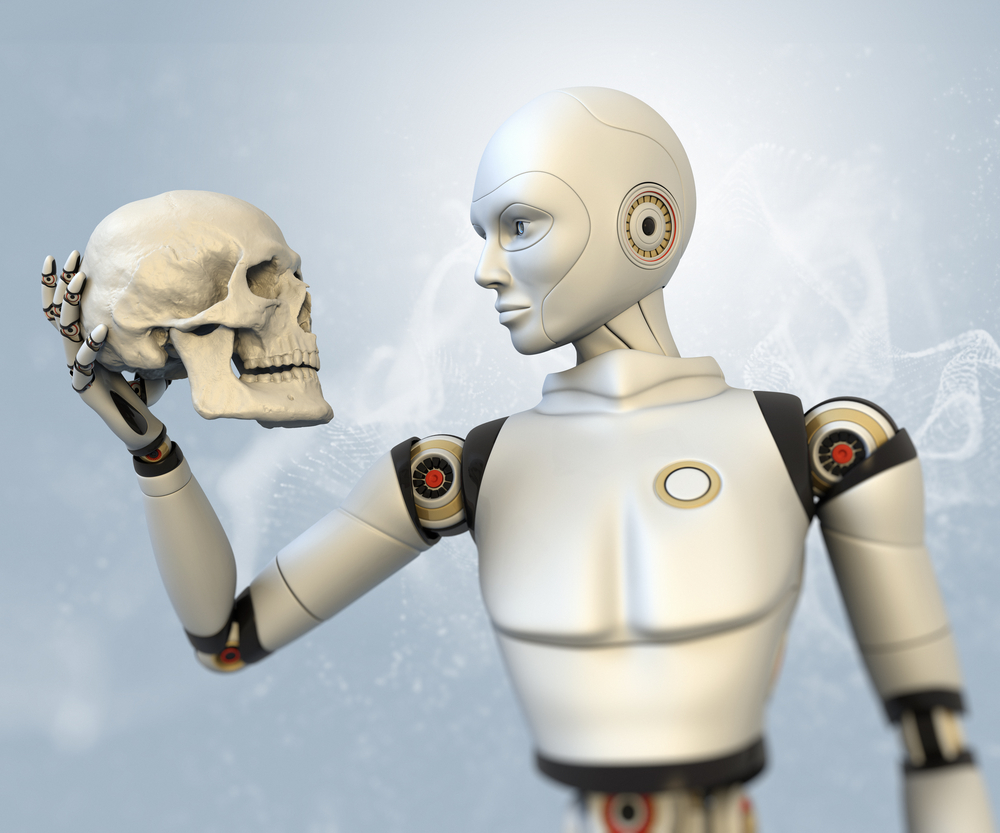Our society has made significant strides in the artificial intelligence department over the past decade. Although these advancements are quite significant, it will still take a lot of time before we will see “viable” AI solutions being deployed on a large scale. To be more precise, it appears we are still at least two to three decades away from developing artificial cognitive solutions. It all comes down to how much progress is made within the three main AI categories over the next few years.
Artificial Intelligence Is A Multifaceted Industry
Scientists think of artificial intelligence in three main categories. First of all, there is the artificial narrow intelligence, which is called “weak AI” in most cases. This particular type of artificial cognitive system is able to perform tasks as good as a human can, but is limited to a specific function. That being said, machines operating on their own without human interference are not “weak” by any means. Some prominent examples of narrow AIs are Siri, some robots at manufacturing companies, and even autonomous vehicles.
Secondly, there is the AGI (Artificial General Intelligence), which is what most people associate AI with. Machines that are smarter than human beings is something a lot of people are afraid of. Moreover, these beings can do everything we humans can, and probably do it better at the same time. AGIs are capable of planning, learning, and communicating in a natural language. The Turing Test is often used to determine if a new development in the AI world can be labeled as an AGI.
Last but not least, there is the Artificial Superintelligence or ASI. Once machines surpass the brightest minds in the history of mankind, we have arrived at a stage where we will no longer be the dominant species capable of thought. Thankfully, it seems highly unlikely this stage will be achieved within a respectable time frame. That does not mean artificial superintelligence will never exist, though.
For the time being, the vast majority of AI solutions found in the world are the “weak” variety. Nearly every device we use on a daily basis has some artificial intelligent features it can use. A computer or a mobile device, for example, is also considered to be a “weak” AI. Then again, these devices allow us to interface with the rest of the world and gain knowledge on any topic that comes to mind.
What most people want to know is when we will achieve the next level of artificial intelligence, which will be quite challenging. Artificial General Intelligence has seen some big breakthroughs in the 21st century, and it is possible this form of sentient being will become a reality in the next few decades. The vast majority of weak AIs are capable of learning and becoming smarter. Eventually, the weak AI technology we use today will evolve into artificial general intelligence.
One thing to keep in mind is how computers have a tendency to scale pretty quickly. For artificial intelligence to evolve, scaling is an absolute necessity. Computers evolve at a much quicker pace than the human mind. Where humans take thousands of years to evolve, computers can do the same in 100 years or less. Once scientists achieve the creation of AGIs the leap to artificial superintelligence will be right after. The future is both bright and scary at the same time, that much is certain.
If you liked this article, follow us on Twitter @themerklenews and make sure to subscribe to our newsletter to receive the latest bitcoin, cryptocurrency, and technology news.

